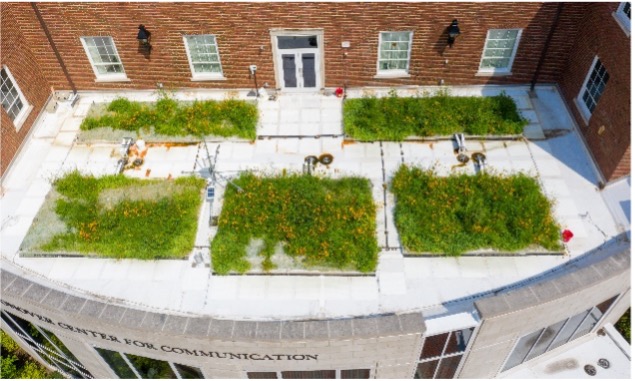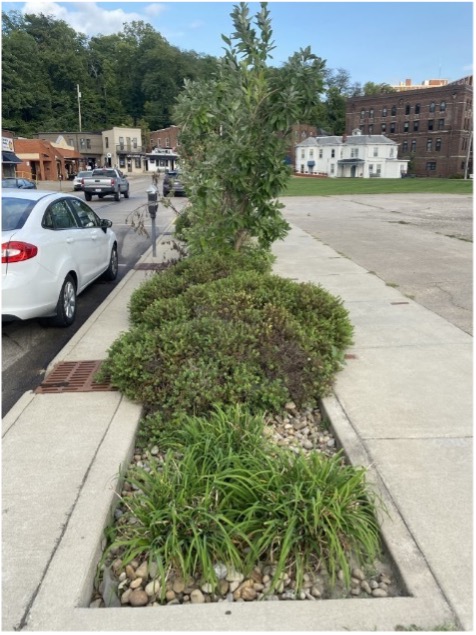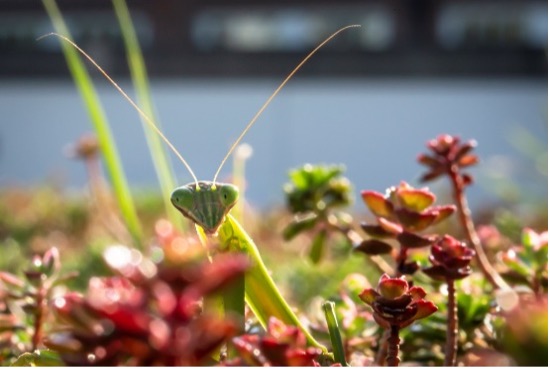
You may have grown plants in the ground. But have you ever grown plants….on the roof? This week, special guests from Ohio University will show us the green roof built on one of their new buildings. How does this green roof help protect water and wildlife? How does it work? And what can we learn from it?
Join the zoom field trip on Friday, April 16 at 10:30am.
Get inspired by a few of these ways our educators help the Earth.
How will you help? Share a story or picture to tell us how you will take care of nature!
Virtual Field Trip: Friday, April 2 at 10:30 am
Every Friday from 10:30 to 11:15 AM, we hold a Zoom call live from the woods for anyone who wants to join. This week
, students from Ohio University will show us the green roof growing on top of the Schoonover Center building. They’ll also do some experiments that show why the roof helps the environment.If you haven’t registered for our field trips before
, register here to get the link in your email:Teachers: Your class is welcome to join this public virtual field trip. You can also contact us to schedule a virtual field trip just for your class, which sometimes works better. Email darcy@ruralaction.org.
What happens to rain when it hits a surface?
In this field trip, we will explore what happens to rain when it falls onto different surfaces.
Some surfaces let rain and other water pass through. Water can soak through to the soil, where plants use it or it is stored. Those surfaces are permeable.
Some surfaces are hard. Water will sit on them or move across them to natural water sources, such as rivers. Those surfaces are impermeable.
Can you tell which surfaces are permeable and which are impermeable in this picture?

Next time you go outside, can you find some surfaces in your neighborhood that are permeable?
Can you find some surfaces in your neighborhood that are impermeable?
Activity: Take a cup of water and pour it onto a surface. Does it stay there or soak into the surface? Does it move across the surface or get absorbed?
Plants are a good clue to whether a surface is permeable or impermeable. When it rains
, water can seep through and be stored in the soil until the plant can use it. Sometimes water moves underground and might be the source of drinking water for people, if they have a well.Why do we care about this?
Impermeable surfaces (like concrete and asphalt) can create some problems.
If there is a big storm
, water can build up on impermeable surfaces and cause flooding.When water moves across impermeable surfaces, it can carry pollution with it to rivers and streams. Some examples of pollutants are oil drips from cars on the road, or animal waste if someone does not clean up after their pet.
Using plants to protect our water
Green infrastructure means building in ways that protects water. Often plants help us do that. Rain barrels collect water as it rains, but they do not need plants. Some green infrastructure depends on plants, including green roofs!
In our virtual field trip, we will talk about how plants on rooftops (green roofs) or in other parts of our area can help store water and keep it clean.
Plants provide lots of other benefits to our neighborhoods. They keep temperatures cooler in the summer and protect our rooftops. They also support insects and other animals.
We will talk about what kinds of animals can use a green roof. Can you predict what animals you might see on a green roof?

Take a tour or make a model!
On Friday, we will take a trip to a green roof that was recently planted at Ohio University. But you can also “visit” the rooftop yourself here:
There is more information about green roofs on our website. You can also click “virtual visits” to watch a livestream and video tour of the roof!
You can also watch this great video of a green roof in New York for another example.
Make your own green roof model
If you want to create your own little model of a green roof, this video will help you.